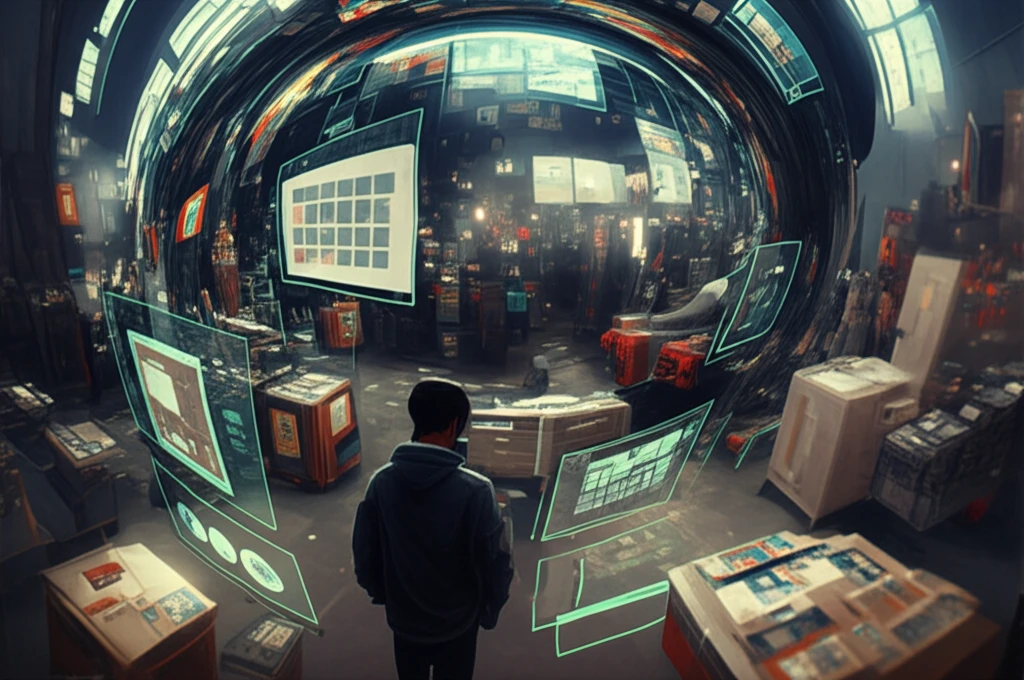
Decoding the Retail Workforce: How Smart Scheduling Can Boost Your Bottom Line
"Mastering Employee Schedules with AI & Innovative strategies to increase efficiency and satisfaction"
In today's fast-paced retail environment, managing employees effectively is more critical than ever. It directly impacts costs, sales, and profitability. While many mathematical models aim to optimize schedules, few address the real-world challenge of uncertainty—something that can make or break a store's performance.
Imagine a scenario: a sudden surge in customers during lunch due to unexpected bad weather, or a flash sale driving unexpected demand. How can a store adapt its employee schedule to handle these unpredictable events without overspending or compromising customer service? This is where innovative scheduling strategies come into play.
Recent research introduces a practice-inspired employee scheduling approach that tackles these challenges head-on. By integrating 'demand perturbations' and 'extensible shifts,' retailers can create more robust and adaptable schedules, ultimately leading to better outcomes for both the business and its employees.
What Are Demand Perturbations and Extensible Shifts?

Traditional scheduling often relies on fixed demand estimates, which don't account for real-time fluctuations. Demand perturbations are short-term spikes or drops in customer traffic that can significantly impact staffing needs. These can be influenced by various factors, from weather to local events.
- Addresses Uncertainty: Integrates unexpected changes in demand into scheduling.
- Flexible Scheduling: Supports dynamic adjustments to staff based on real-time needs.
- Cost Efficiency: Helps minimize labor costs by optimizing staff allocation.
- Employee Satisfaction: Contributes to fair and manageable work schedules.
The Future of Retail Scheduling: Embracing AI and Adaptability
As the retail landscape continues to evolve, the importance of adaptable and intelligent employee scheduling will only increase. By embracing new approaches like demand perturbations and extensible shifts, retailers can move beyond rigid, traditional scheduling and create a more responsive, efficient, and satisfied workforce. This ultimately leads to better customer service, reduced costs, and a stronger bottom line. The integration of AI promises even greater precision in forecasting and schedule optimization, paving the way for a new era of workforce management in retail.
